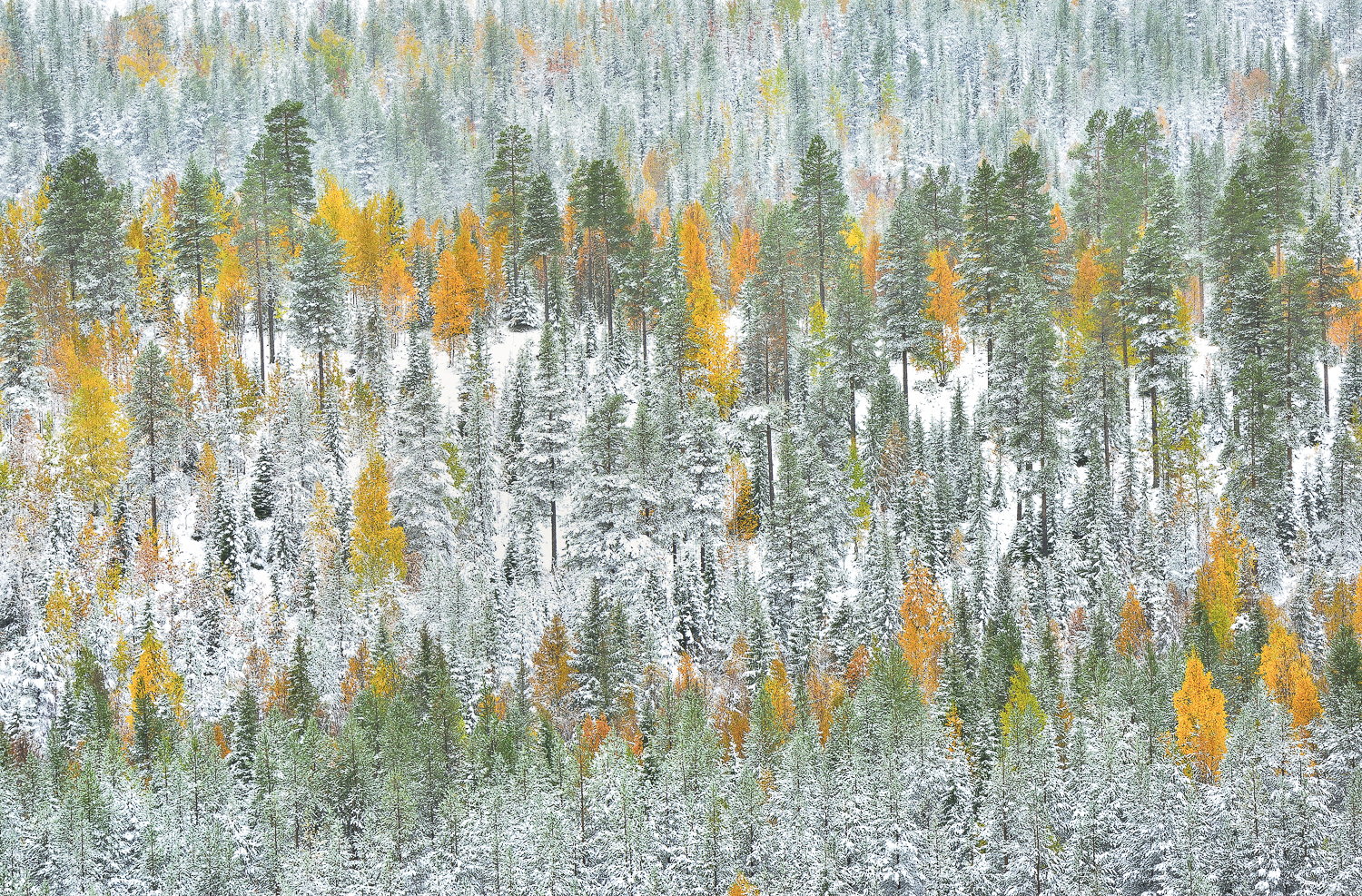
Antonio Fernandez is a Spanish photographer based in mid-west Spain. He is passionate about nature and landscapes. In his photography, Antonio is constantly searching for the purest essence of nature. His intimate vision of the landscape and personal interpretation of nature gained him many international awards and commendations, to mention just a few: Natural Landscape Photography Award, Montphoto Photo Contest, Big Picture, Imaginature – Festival Fotografia de Paisage, Premio Internacional Fotografía “Santiago Castelo”, Montier Festival Photo, BioPhotoContest, World Landscape Photographer.
You can see more of his work on his website: https://www.antoniofernandezphoto.com.
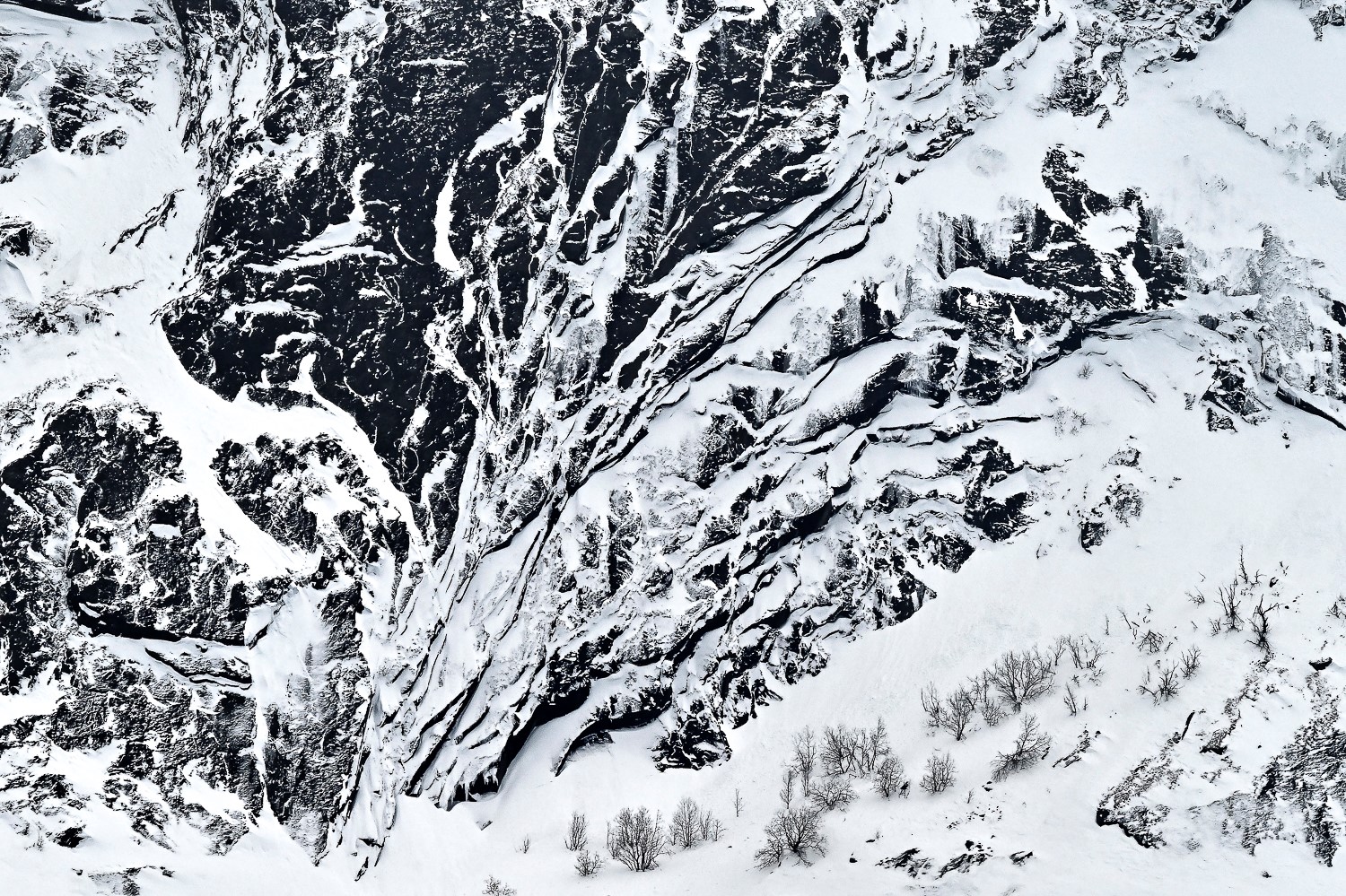
1.- What was your path to becoming a photographer?
Since I was a child, I was greatly attracted to natural landscapes. I could spend many minutes observing landscapes, totally absorbed. At the same time, I was developing another passion - for drawing and painting. About 25 years ago, during my trips to different parts of Europe, I combined these two passions and spent hours doing watercolours of the natural surroundings that fascinated me.
I guess I felt I wanted to get more images of my travels and started photographing them with my first Minolta, an analogue camera. A few years later I bought my first digital camera, a Nikon D300. I kept studying and practising nature photography and attending workshops in various parts of my country. Most importantly, I was progressing with my studies and got independent with my photographic work.
In recent years I took many photographic trips to various parts of Europe or America; an activity that I do together with a small group of friends with whom I share this passion.
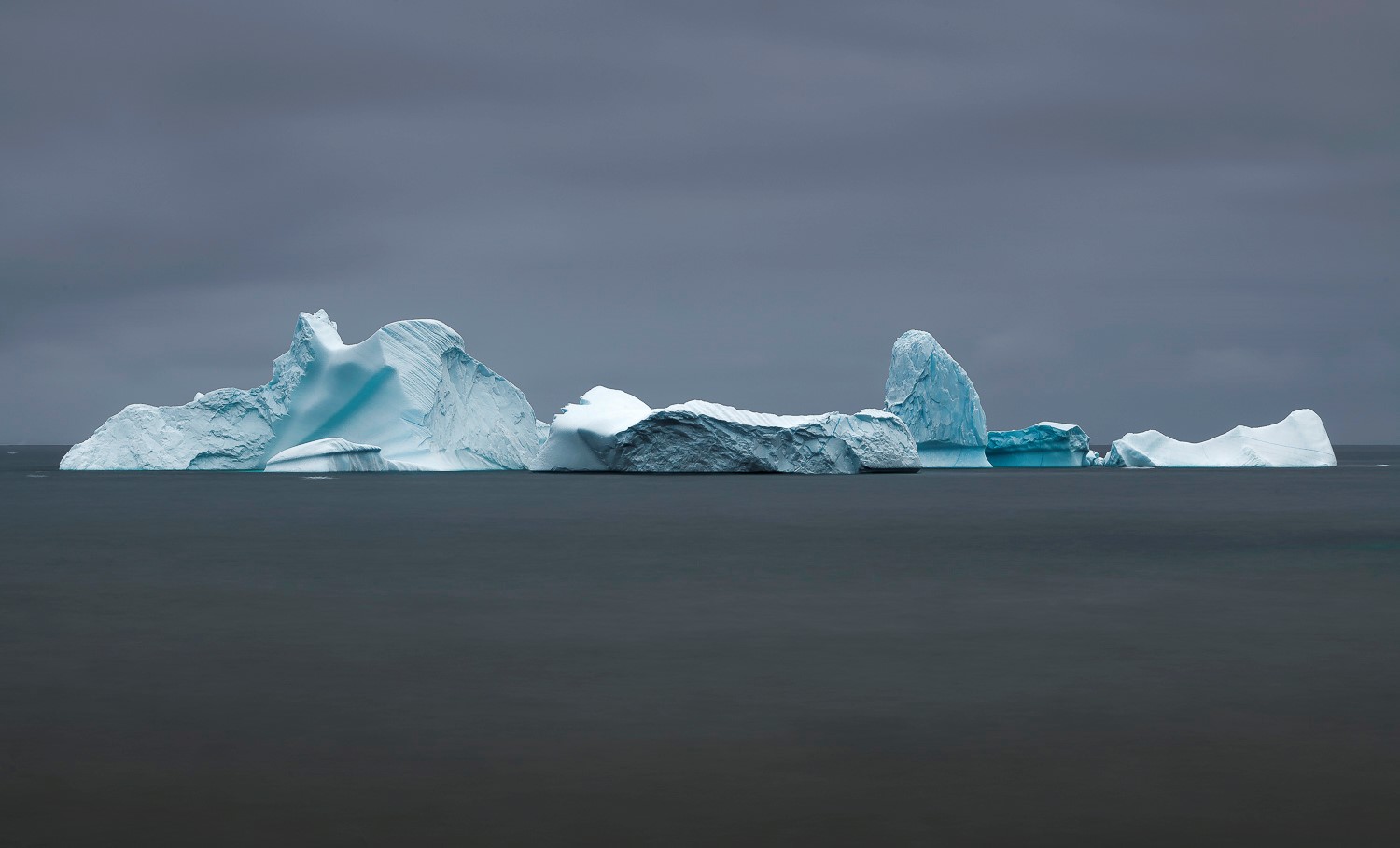
2.- Are there any special subjects or places that inspire you the most to create new work and why?
I love photographing trees, I think they are the main protagonist of my photographic activity. I like to observe them in their different environments, whether they are arid, wet or cold. Sometimes they look like people to me with their different postures and expressions, with their arms outstretched or folded, with their wounds or their different skins; like us humans, they also change with the years and I like to photograph them young, mature, or already old with their different ailments. They also change their "clothes" during the different seasons of the year, from the cheerful spring dresses to the ochre colours of autumn; however, many of them remain naked for the winter.
At the same time, in my work I try to capture a landscape that is within a large landscape, I like textures, shapes, shadows and contrasts between colours. I try to photograph simple and hidden landscapes that show a particular natural beauty and at the same time play with the unreal and abstract. With these, I want the viewer, if he likes my image, to ask himself questions about what he is looking at and what it conveys to him.
I recently returned from a winter trip to northern Norway. While I was photographing there, I was able to enjoy it a lot, because the snow has been my great ally. It helped me to get simple and tranquil images of isolated trees or lines of them in an environment with dark, grey or white shapes.
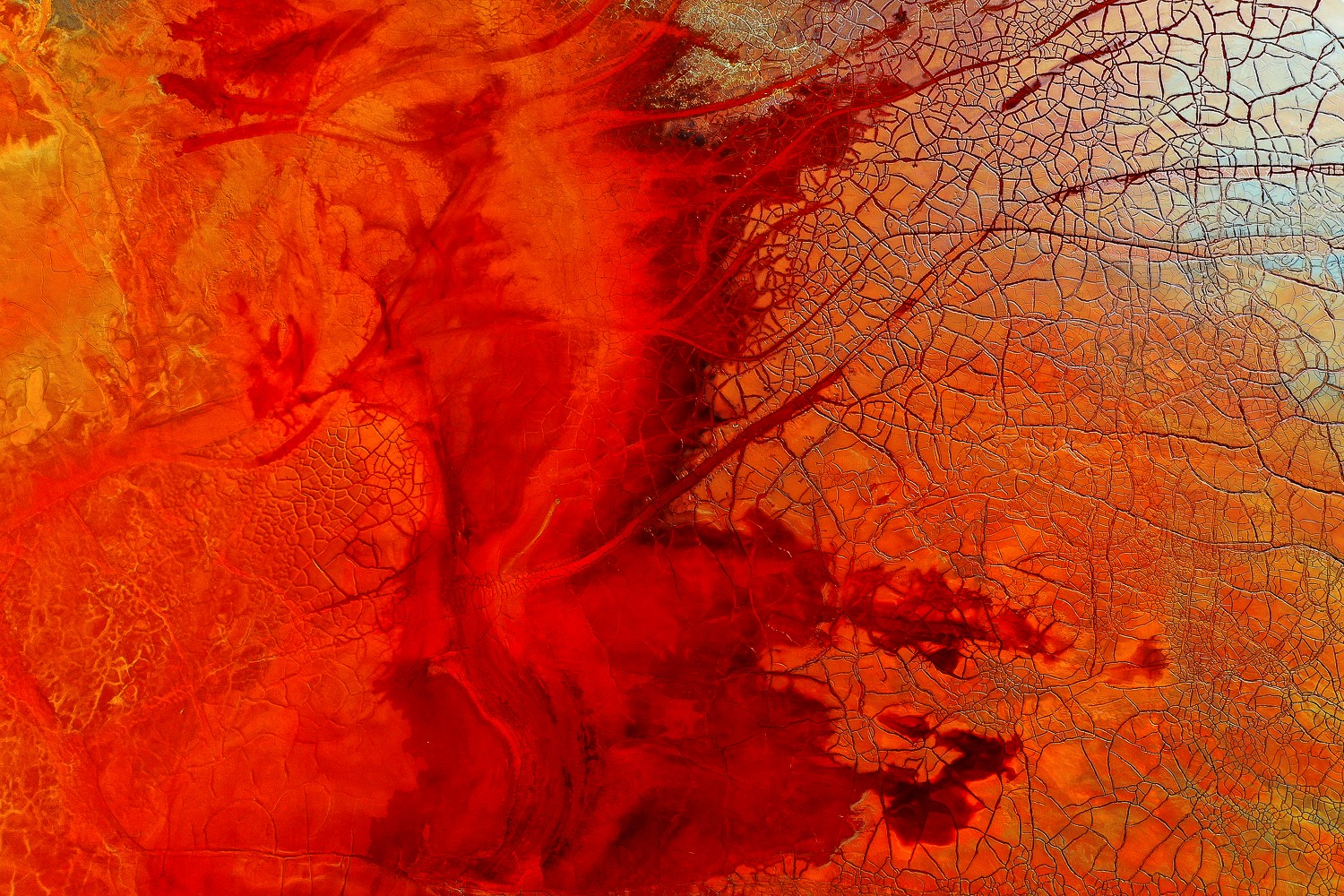
3.- Can you tell us a bit more about your artistic plans for the next couple of years? Do you have plans for exhibitions, books, or any interesting trips or projects coming?
In recent years I have been very passionate about the cold environments of northern Europe. Little by little I also started to feel the attraction of photographing in arid environments, such as the Sahara Desert or the landscapes of Utah and Arizona, where I have already photographed and want to return soon. At the same time, I am starting to plan a photographic trip to the Atacama Region in the north of Chile. It is a vast desert area with innumerable photographic possibilities for me, where deserts are combined with huge dunes, beautiful geological forms and, of course, a wide range of striking natural colours.
I have been lucky enough to have three exhibitions of my photographs in different parts of my country. Preparing exhibitions was hard work, but visitors were very happy, which was a great satisfaction for me. It was also a great learning experience for me. At the moment I am not planning any more exhibitions, but it can change at any time.
Currently, I am thinking of making a book with my photographs. It is obvious that one day our images will fade or will no longer be seen in any digital environment. I would like to leave something of mine on paper, something that I hope will be worth seeing and that can be given as a gift, for example, from a father to a son.

